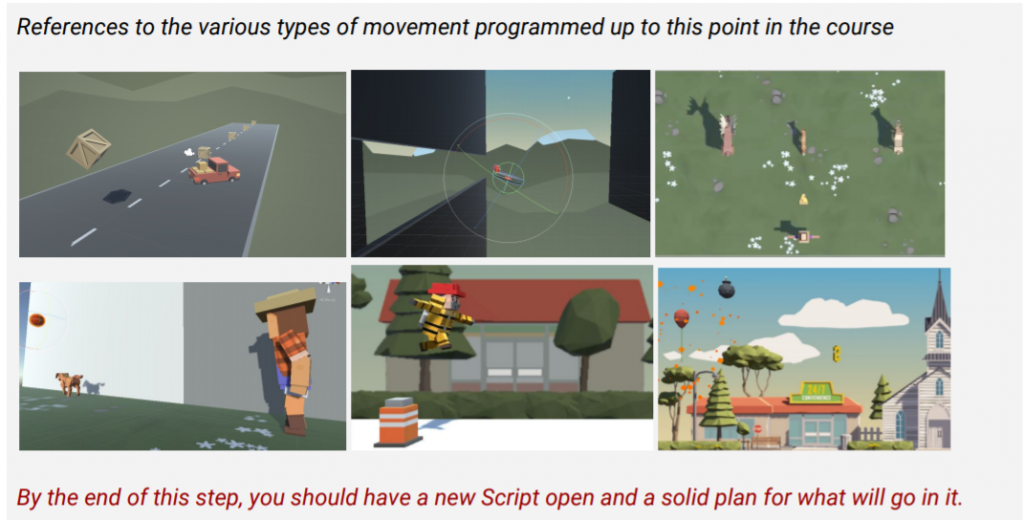I nedanstående artikel från Quartz kan vi läsa om hur forskare identifierat vad som händer i vår hjärna under djupandning.
Neuroscientists have identified how exactly a deep breath changes your mind
By Moran Cerf, November 19, 2017, Kellogg School of Management, Northwestern University
Breathing is traditionally thought of as an automatic process driven by the brainstem—the part of the brain controlling such life-sustaining functions as heartbeat and sleeping patterns. But new and unique research, involving recordings made directly from within the brains of humans undergoing neurosurgery, shows that breathing can also change your brain.
Simply put, changes in breathing—for example, breathing at different paces or paying careful attention to the breaths—were shown to engage different parts of the brain.
Humans’ ability to control and regulate their brain is unique: e.g., controlling emotions, deciding to stay awake despite being tired, or suppressing thoughts. These abilities are not trivial, nor do humans share them with many animals. Breathing is similar: animals do not alter their breathing speed volitionally; their breathing normally only changes in response to running, resting, etc. Questions that have baffled scientists in this context are: why are humans capable of volitionally regulating their breathing, and how do we gain access to parts of our brain that are not normally under our conscious control. Additionally, is there any benefit in our ability to access and control parts of our brain that are typically inaccessible? Given that many therapies—Cognitive Behavioral Therapy, trauma therapy, or various types of spiritual exercises—involve focusing and regulating breathing, does controlling inhaling and exhaling have any profound effect on behavior?
This recent study finally answers these questions by showing that volitionally controlling our respirational, even merely focusing on one’s breathing, yield additional access and synchrony between brain areas. This understanding may lead to greater control, focus, calmness, and emotional control.
The study, conducted by my post-doctoral researcher, Dr. Jose Herrero, in collaboration with Dr. Ashesh Mehta, a renowned neurosurgeon at NorthShore University Hospital in Long Island, began by observing brain activity when patients were breathing normally. Next, the patients were given a simple task to distract them: clicking a button when circles appeared on the computer screen. This allowed Dr. Herrero to observe what was happening when people breath naturally and do not focus on their breathing. After this, the patients were told to consciously increase the pace of breathing and to count their breaths. When breathing changed with the exercises, the brain changed as well. Essentially, the breathing manipulation activated different parts of the brain, with some overlap in the sites involved in automatic and intentional breathing.
The findings provide neural support for advice individuals have been given for millennia: during times of stress, or when heightened concentration is needed, focusing on one’s breathing or doing breathing exercises can indeed change the brain. This has potential application to individuals in a variety of professions that require extreme focus and agility. Athletes, for example, have long been known to utilize breathing to improve their performance. Now, this research puts science behind that practice.
Beyond studying the ability of humans to control and regulate their neural activity volitionally, the study was also unique in that it utilized a rare method of neural research: directly looking inside the brains of awake and alert humans. Typical neuroscience studies involving humans use imaging techniques (i.e. fMRI or EEG) to infer the neural activity in people’s brain from outside the skull. But studies involving electrodes implanted in humans’ brains are rare. The ability to look inside the humans’ brains allows us to study thinking, deciding and even imagining or dreaming by directly observing the brain. The study subjects in our work were patients who had electrodes implanted in their brain as part of a clinical treatment for epilepsy. These patients were experiencing seizures that could not be controlled by medication and therefore required surgical interventions to detect the seizure focus for future resection.
Given that detection requires the patient to have a spontaneous seizure in order to identify the exact seizure onset location, which can take days, the patients are kept in the hospital with electrodes continuously monitoring their brain activity.
The research findings show that the advice to “take a deep breath” may not just be a cliché. Exercises involving volitional breathing appear to alter the connectivity between parts of the brain and allow access to internal sites that normally are inaccessible to us. Further investigation will now gradually monitor what such access to parts of our psyche that are normally hidden can reveal.

